Kia Sportage: Pressure Sensor
Description and Operation
Description
The 4WD ECU makes a Motor Pump (Actuator) turn round for generating an oil pressure. And then it presses a multiple disk clutch and transfers the generated torque into rear wheels. Its torque value varies according to a pressure status.
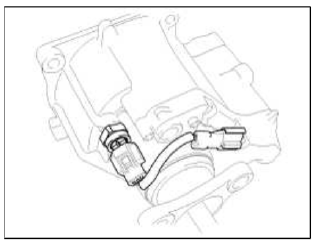
Schematic Diagrams
Circuit Diagram
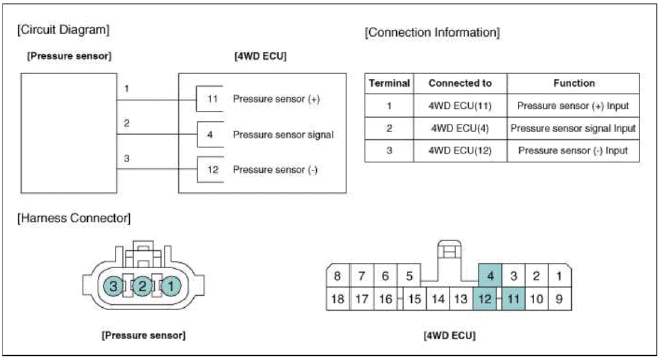
Repair procedures
Inspection
NOTE
If you have trouble code related to the pressure sensor (P1825, P1826, P1827, P1828), check pressure sensor according to the inspection process.
Pressure Sensor Inspection Procedure
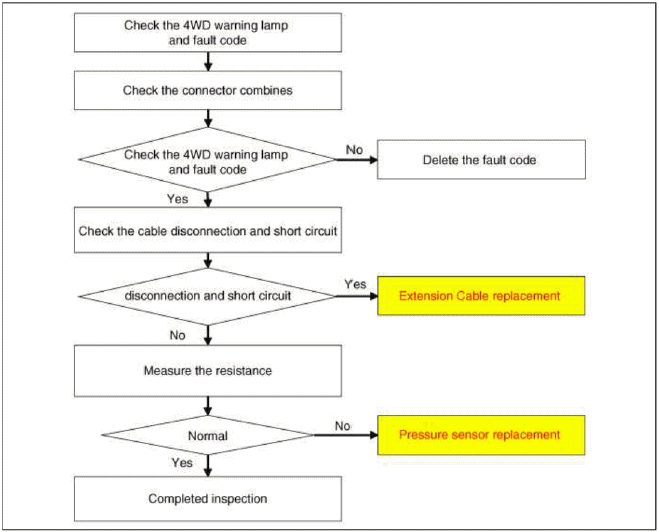
Measure the resistance of pressure sensor
1. Turn ignition switch OFF.
2. Disconnect the pressure sensor connector.
3. Measure resistance between sensor terminal and terminal.
4. Check the measured resistance. (Refer to table)
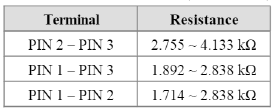
Removal
1. Remove the coupling assembly. (Refer to "coupling assembly" in 4WD group)
2. Remove the extension Cable (A).
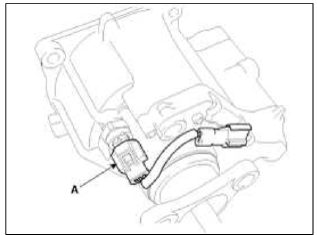
3. Remove the pressure sensor (A) with 24mm socket.
CAUTION
- Keep going horizontal state to prevent leaks during remove the pressure sensor.
Tightening torque: 7.8 ~ 9.8 N.m (0.8 ~ l.0 kgf.m, 5.8 ~ 7.2 lb-ft)
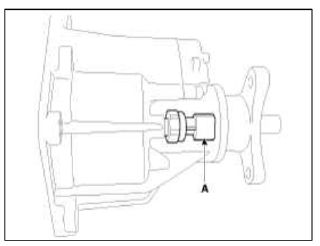
Installation
CAUTION
- Check the cleanliness of the pressure sensor before installation.
- Check the pressure sensor О-ring (A).
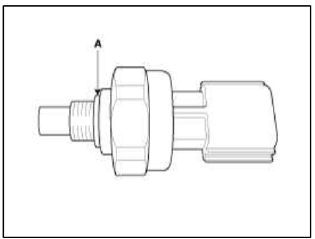
1. Installation is the reverse of removal.
READ NEXT:
 General Information
General Information
Specifications
Specifications
VFS: Variable Force Solenoid
Sensors
Input Speed Sensor
Type: Hall effect sensor
Specifications
Output Speed Sensor
Type: Hall effe
SEE MORE:
 Body dimensions
Body dimensions
Body dimension indications
Projected dimensions
The projected dimension indicates a dimension from a reference point on the
body. (Height may be different in some
cases).
Straight-line dimensions (Actual measured dimensions)
The straight-line dimension indicates a actual measured dimension be
 Automatic transmission operation
Automatic transmission operation
Depress the brake pedal and the
unlock button when shifting.
Press the unlock button when
shifting.
The shift lever can be shifted
freely
Automatic transmission operation
The automatic transmission has 8 forward
speeds and one reverse speed.
The individual speeds are selected automat
Content
- Home
- Kia Sportage - Fifth generation (NQ5) - (2022-2025) - Owner's Manual
- Kia Sportage - Second generation (JEKM) (2005-2015) - Body Workshop Manual
- Kia Sportage Third generation (SL) - (2011-2016) - Service and Repair Manual
- Sitemap
- Top articles